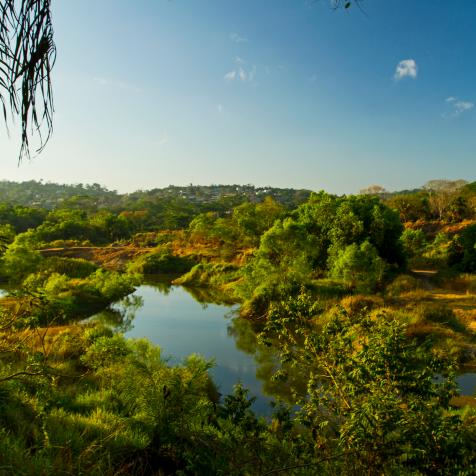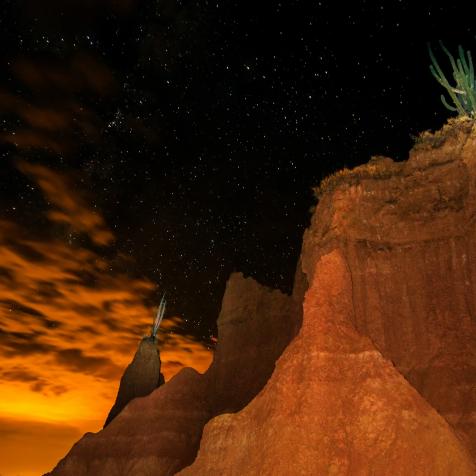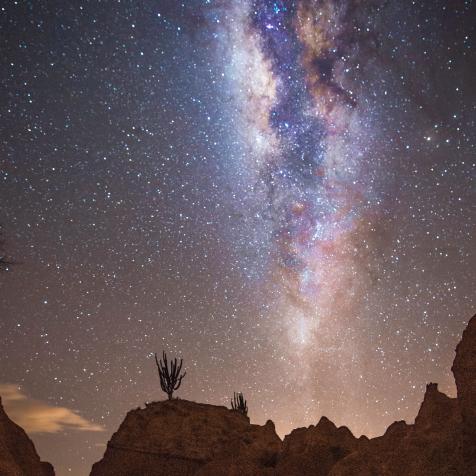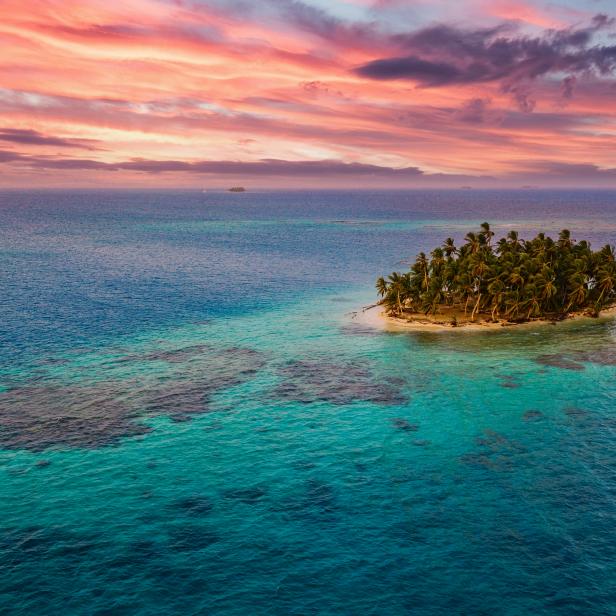
Andrea Comi
Panama has Hundreds of Islands, Each More Beautiful than the Last
Panama is often overlooked for its more famous neighbors Colombia and Costa Rica, who are renowned worldwide for their biodiversity, colorful cultures, and jaw-dropping scenery. But Panama, which links Central and South America, has a few of its own gems to offer – including the 1,400-plus islands that dot its coast.
Amazingly – and uniquely – some of the islands are Caribbean, some are Pacific, and some lie near the entrance to the Panama Canal.
The San Blas Islands, also known as Guna Yala, feature white sand and waving palm trees with turquoise water. They’re the epitome of a paradisiacal tropical island. They are also home to the Guna people, Latin America’s first indigenous group to gain autonomy, meaning that their traditional way of life is still very much intact on these islands.

Andrea Comi
There are so many islands within this specific archipelago, stretching 232 miles long, that there is one for every day of the year. The populated islands number around four dozen, and are about an acre in size. Saltwater showers, no wifi, and intermittent electricity, these islands are rustic in every sense.
Next up to explore is Isla Taboga, nicknamed the Island of Flowers, for its bougainvillea-bedecked look. It’s been home to everyone from pirates to painters and sits just 30 minutes from Panama’s capital by ferry. Relax on Playa Restinga, or walk across the tiny sandbar which connects the beach to Isla El Morro to explore colonial-era relics.
Further afield, about 50 miles southeast of Panama City, lies the coconut-strewn Archipielago de las Perlas – the Pearl Islands. A cluster of some 200 islands, they were named for the bounty of pearls discovered there, and they lie in the Pacific Ocean.
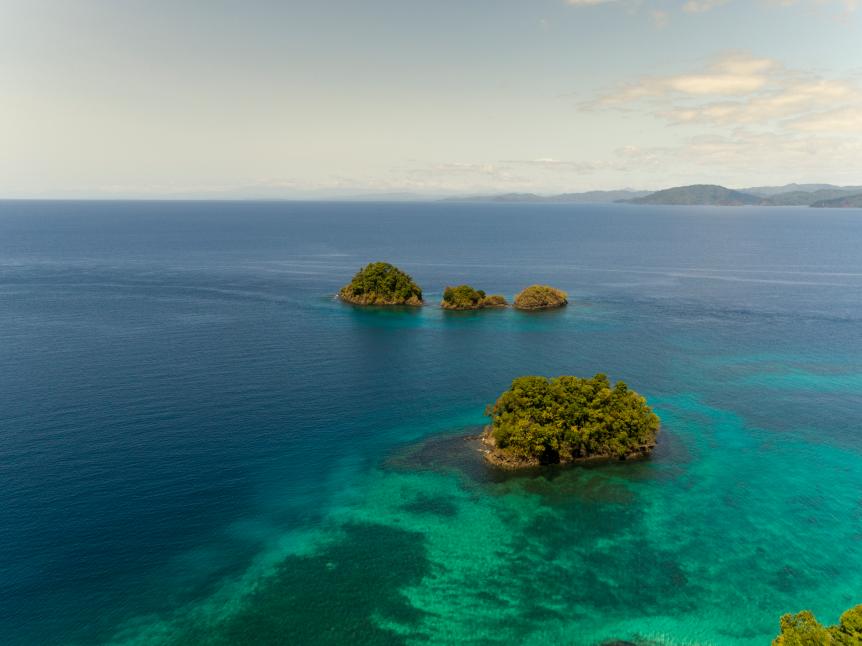
Cavan Images
Coiba National Park, Panama, Central America
Most of the islands remain inhabited, but in their heyday, Elizabeth Taylor, John Wayne, and Christian Dior would visit to party on them. There are no cars here, not even on the most developed island of Isla Contadora, and so locals whizz around in golf carts.
The Pearl Islands used to be the playgrounds of the rich and famous, as they were the only people who could afford to get there. However, since the introduction of ferries from mainland Panama, the islands are growing in popularity with the everyday tourist
Abundant marine life, including whales from June to October, means snorkeling and diving is a stunning experience. Flora and fauna are protected on the islands by Panamanian law in order to preserve this incredible abundance of wildlife – meaning that there is abundant marine life, including whales from June to October, as well as fantastic scuba and diving opportunities.

Andrea Comi
And if a penchant for history is what pulls you, Isla Grande is the setting for one of the oldest lighthouses in Latin America: El Faro, which was constructed in 1894. It is also home to a mysterious statue of a Black Jesus Christ, a testament to the island's Afro-Caribbean culture. The statue stands in the sea just off the coast of the island. It has been there for more than 360 years, and yet nobody knows how it got there.
Panama’s islands offer a range of experiences, so whatever your vibe, this unassuming, overlooked country has it.



































































